 |
Chinese empress tree | Status LU: established. 1st record: 1842, ITW 2018. |
 |
Fëlzege Paulownia | Status Eur.: established. 1st record: 1830. |
 |
Paulownia impérial | RA: ISEIA: n/a Harmonia+: n/a |
 |
Blauglockenbaum | Wikipedia: |
 |
Anna-paulownaboom | Back to the list of neophytes |
Contents
Brief description
Paulownia tomentosa (Thunb.) Steud., common names: princess tree, empress tree, or foxglove-tree, is a deciduous hardwood tree in the family Paulowniaceae, native to central and western China. It is an extremely fast-growing tree with seeds that disperse readily. In the US, the species is a showy, aggressive ornamental. It is also grown in plantations for timber production, but has tended to escape and invade, growing rapidly in disturbed areas including habitats for rare plants. It seeds profusely and resprouts from roots and stumps forming monocultures, and is proving to be a problem weed in eastern USA. It continues to be promoted, however, in North America and elsewhere, and it is possible that it could prove invasive in Europe where it continues to be introduced and planted (CABI 2019, Wikipedia contributors 2022). The tree has been given the status of a potentially invasive species in Germany and is on the grey list of the Federal Agency for Nature Conservation (BfN) and is thus under observation (www.neobiota.de).
Status and distribution in Luxembourg
Records of Paulownia tomentosa (Thunb.) Steud. in Luxembourg. Data source: Recorder-Lux, iNaturalist & GBIF, 2026-01-02.
Paulownia tomentosa (Thunb.) Steud. was introduced to Luxembourg in 1842 (Welter et al. 2008). 21 occurences have been documented in Luxembourg between 2008 and 2023.
Risk assessment
ISEIA protocol
Not assessed yet.
Harmonia+ protocol
Not assessed yet.
Worldwide distribution
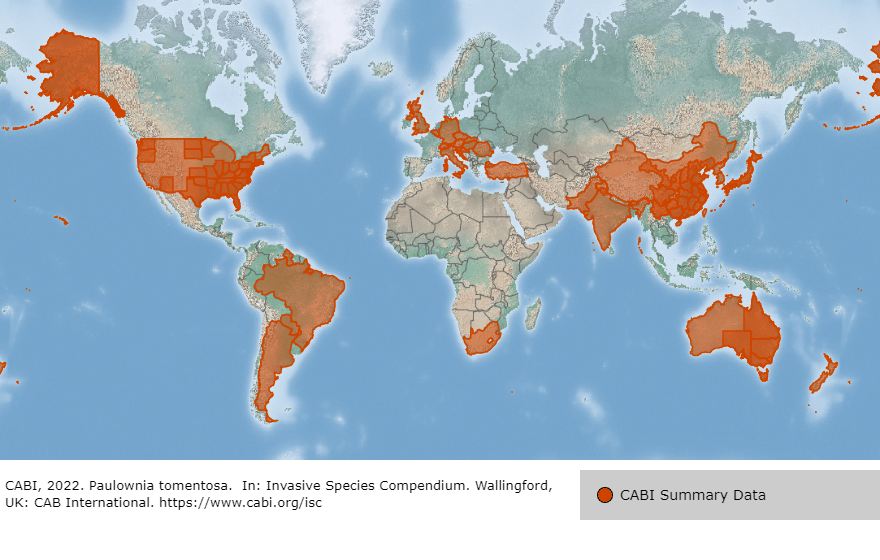
Bibliography
- CABI, 2019. Paulownia tomentosa. In: Invasive Species Compendium. Wallingford, UK: CAB International. URL: www.cabi.org/isc [accessed 2022-08-23]
- Bundesamt für Naturschutz BfN, Invasivitätsbewertung gebietsfremder Gefäßpflanzen. URL: https://neobiota.bfn.de/invasivitaetsbewertung/gefaesspflanzen.html [accessed 2023-01-20]
- Welter A., Turk J., Trossen J., 2008. Les arbres introduits au Luxembourg. Inventaire des essences arborescentes non indigènes de pleine terre présentes sur le territoire du Grand-Duché de Luxembourg. Ferrantia 53, Musée national d’histoire naturelle, Luxembourg, 111 p
- Wikipedia contributors, 2022. ‘Paulownia tomentosa’, Wikipedia, The Free Encyclopedia, 18 July 2022, 18:50 UTC, <https://en.wikipedia.org/wiki/Paulownia_tomentosa> [accessed 2022-08-23]
Page content last updated on 2023-09-27. Last proofread by Caroline Grounds on 2023-03-27.

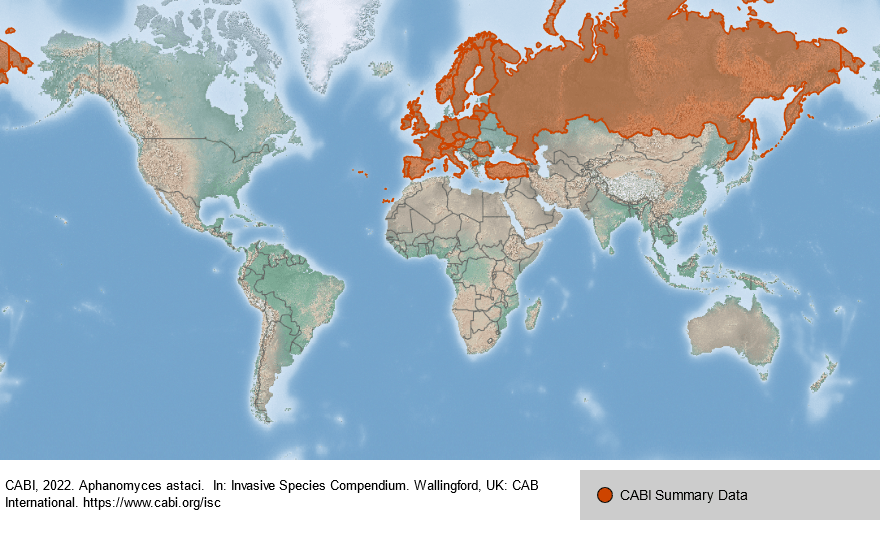
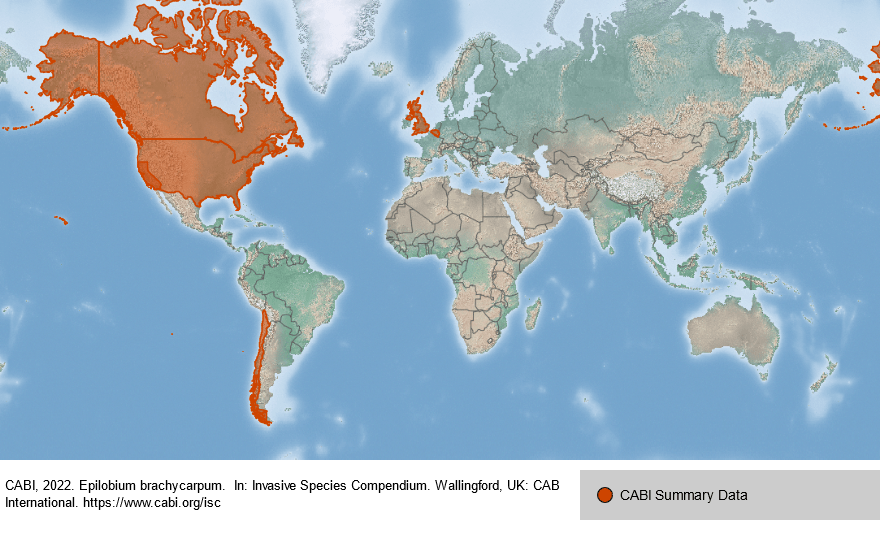
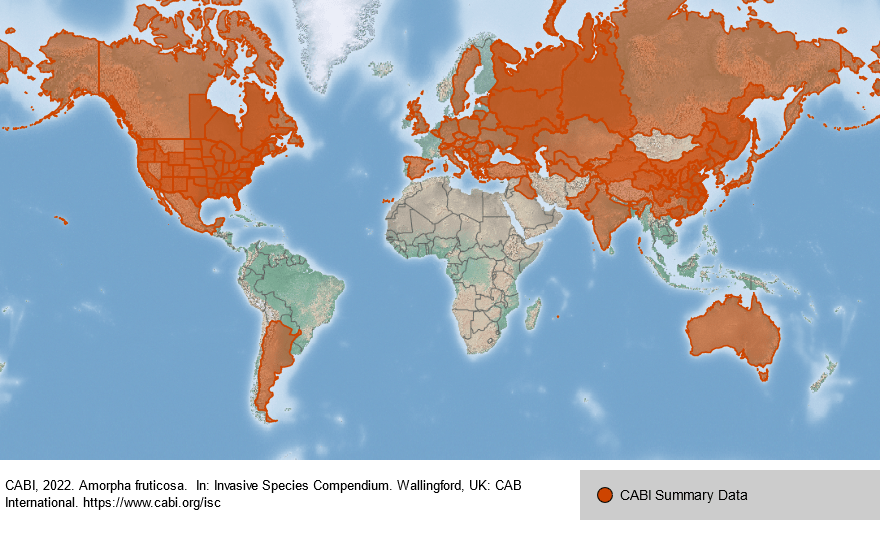
 Bibliography
Bibliography

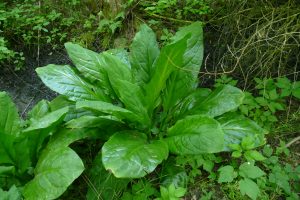 The first observation of Lysichiton americanus in Luxembourg has been documented by C. Wolff via iNaturalist on 31st May 2022 and was confirmed by M. Oly on 2nd June in the Mamer valley close to Kopstal.
The first observation of Lysichiton americanus in Luxembourg has been documented by C. Wolff via iNaturalist on 31st May 2022 and was confirmed by M. Oly on 2nd June in the Mamer valley close to Kopstal.